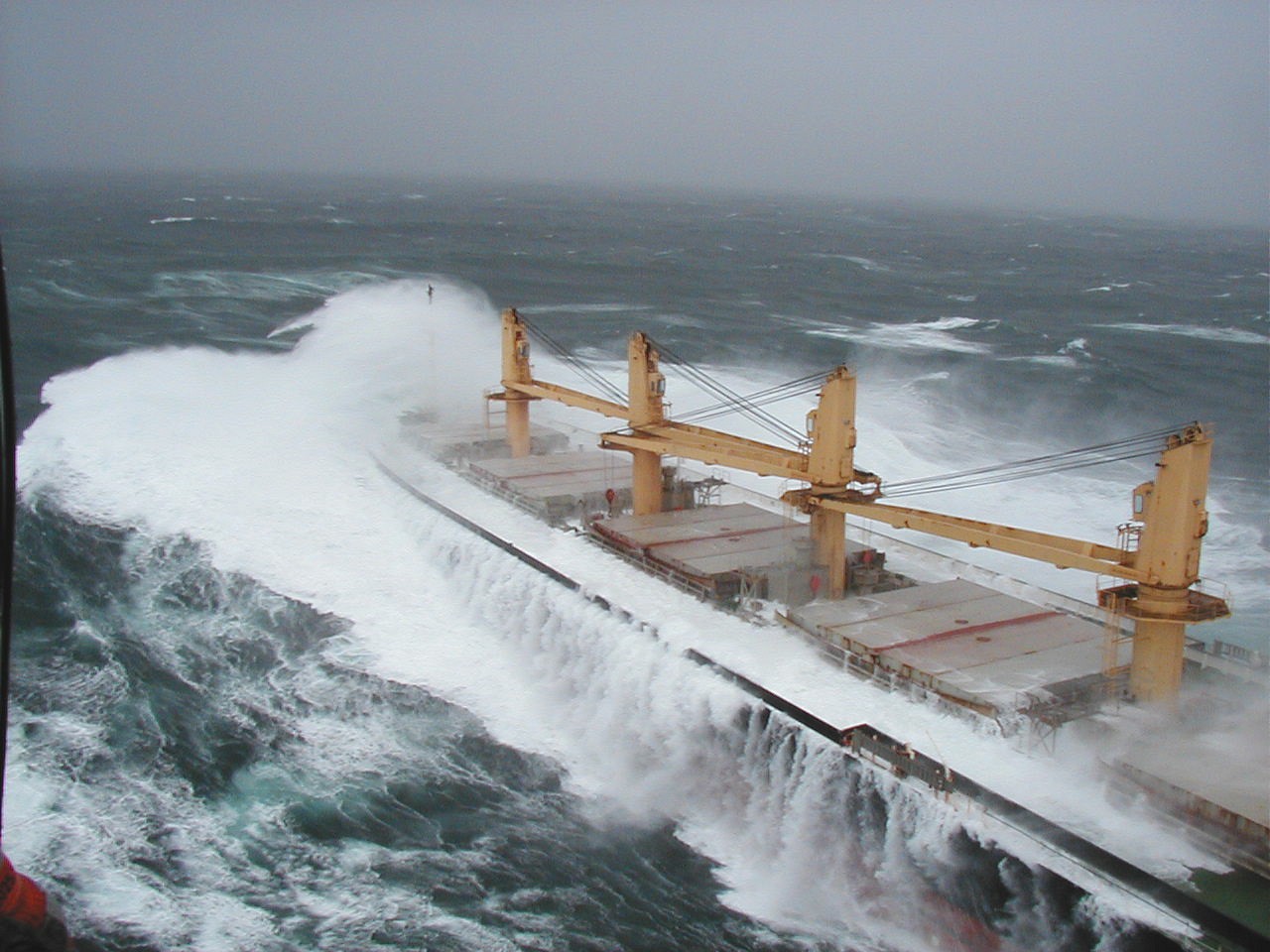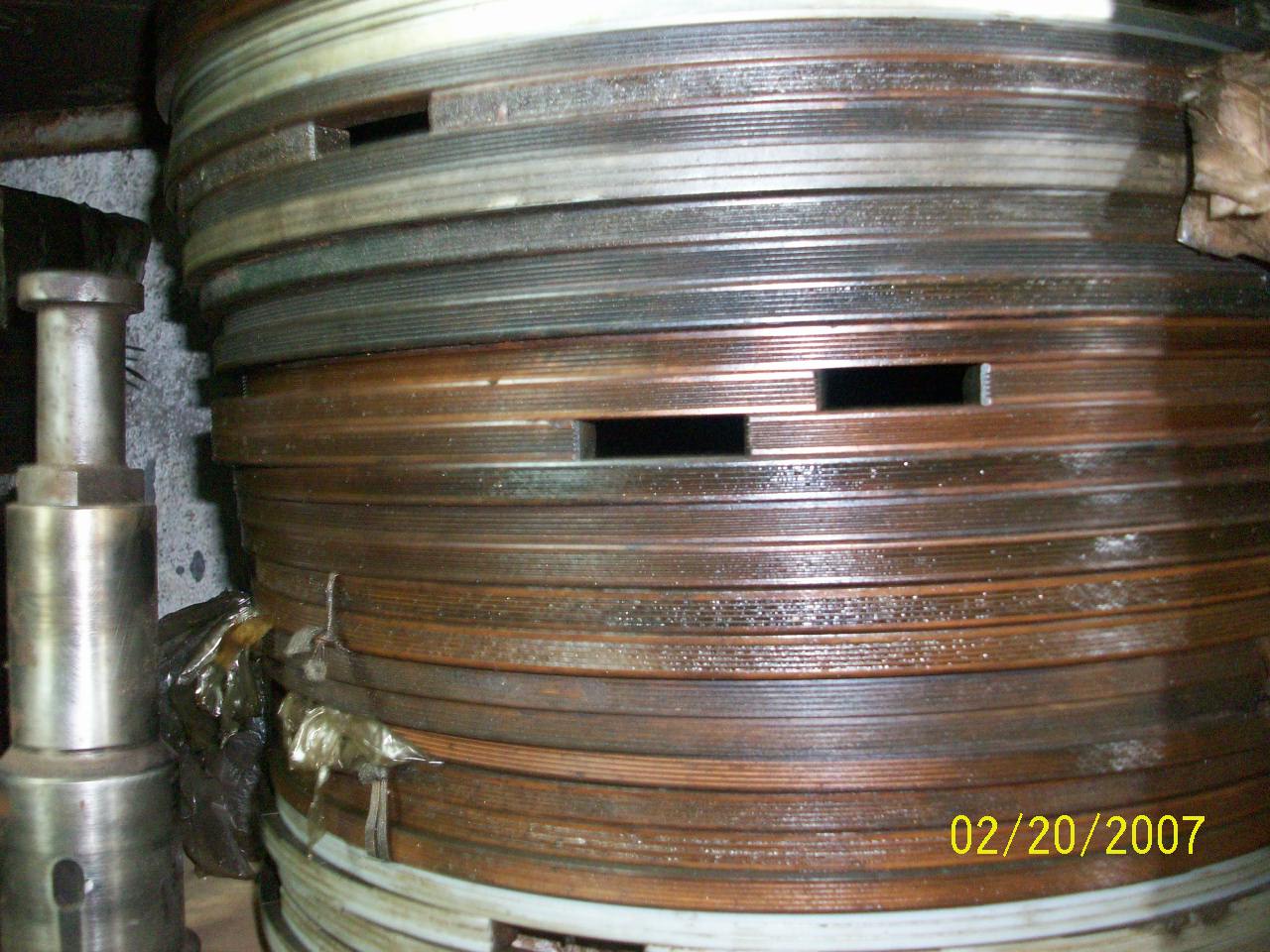
Ship building has seen some of the greatest and strongest man made moving objects being developed in the past century but this advance may have changed direction from chasing just size to considering other aspects as well of future shipbuilding techniques? The past saw the titanic’s construction as the safest vessels of the time but that remark soon contradicted itself as the vessels sunk on its maiden voyage, soon ship builders of the time began concentrating more of vessels safety and passenger rescue methods since this had been severely compromised by the titanic incident.
As many would expect future ship building to introduce slick shaped marine vessels or huge vessels that many receive records for being the largest man made moving object on our planet, many may receive a rude shock to hear that future shipbuilding may have few exterior changes and more interior or mechanical changes. This is due to the nature of the work that marine vessels endure in the high seas and current shapes and sized having proven to be the best suited for marine vessels.

Future shipbuilding will concentrate more resources on vessel safety and stability rather than fancy shapes due to some critical developments and changes that may occur, sparking concern in the shipping industry more than other industries altogether. Since shipping companies are in the direct line of fire when it comes to bad weather, concerns about climate change in the future is prompting future shipbuilding and operators to develop technologies and make adjustment to ship design and onboard counter measure systems them will assist vessels sail in rough seas.
Gone are the days when ship manufacturers competed to manufacture the biggest ships and today many shipping companies prefer average size vessels due to several advantages they come with such as easy availability to get enough cargo to fill the ship, lower purchase prices, lower running and maintenance cost, and most important is more demand for the resale of the vessel, since many smaller shipping companies prefer to purchase second hand vessels due to the lower cost and quick delivery, these vessels are mostly retire from intercontinental voyage to localized marine transportations.
Even present ship builder mainly construction average ship sizes since they can visit far more ports than giants that need to dock out on the high seas were other vessels bring in the cargo creating double the work for the ship personnel. With these effects already being felt know there is all the more reason to consider that future shipbuilding will concentrate more on safety of marine vessels as the climate changes in the future.
Climate changes that occur will spike an increase of bad weather and rough seas, the main ingredient that causes ships to be lost at sea. Since this climatic condition is unstoppable sailors and shipping companies have adopted different technology that could help minimize damage by predicting future weather patterns so vessels can try to avoid them if possible.
Future shipbuilding will emphasize more on issues like global worming and climate change since these will have direct impacts on the industry and many ship builders agree that with the increased danger from these elements future shipbuilding will remain constrained to a certain criteria since building oversized ships may have worse environmental devastation if the climate turns for the worst since big ships will have more cargo and move slower making than venerable when in the line of fire and resulting in more shipping disasters that future shipbuilding wants to avoid.
Future Shipbuilding,






